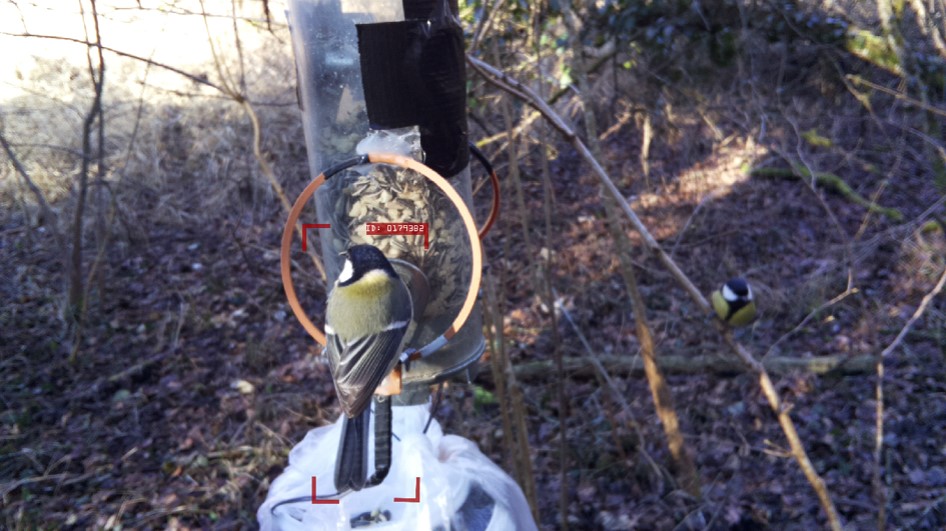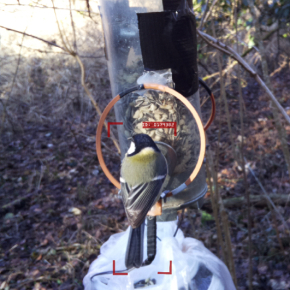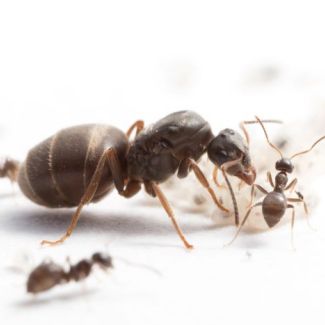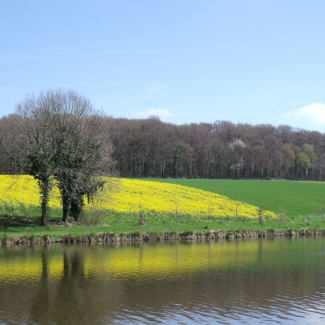
Artificial Intelligence to identify individual birds of a same species
Humans have a hard time identifying individual birds just by looking at the patterns on their plumage. An international study involving scientists form the CNRS, Université de Montpellier1 and the University of Porto in Portugal, among others, has shown how computers can learn to differentiate individual birds of a same species. The results are published on 27 July 2020 in Methods in Ecology and Evolution.
- 1From the Centre d’écologie fonctionnelle et évolutive (CNRS/Université de Montpellier/ Université Paul-Valéry-Montpellier/IRD/EPHE)
Differentiating between individuals of a same species is essential in the study of wild animals, their processes of adaptation and behaviour. Scientists from the CEFE research centre in Ecology and Evolutionary Ecology (CNRS/ Université de Montpellier/ Université Paul-Valéry-Montpellier/ IRD/ EPHE) and the Research Centre in Biodiversity and Genetic Resources (CIBIO) at Porto University1 have for the very first time identified individual birds with the help of artificial intelligence technology.
They have developed a technique that enables them to gather a large number of photographs, taken from various angles, of individual birds wearing electronic tags. These images were fed into computers which used deep learning technology to recognise the birds by analysing the photographs. The computers were able to distinguish individual birds according to the patterns on their plumage, something humans can’t do. The technology was able to identify specimens from populations of three different species: sociable weavers, great tits and zebra finches.
This new technique could not only result in a less invasive method of identification but also lead to new insights in ecology, for example, by opening ways of using AI to study animal behaviour in the wild.

- 1Completed in collaboration with three other laboratories: the Paris-Saclay Institute of Neuroscience (CNRS/Université Paris-Saclay), and the Max Planck and the FitzPatrick Institutes in South Africa.
Deep learning-based methods for individual recognition in small birds, André C. Ferreira, Liliana R. Silva, Francesco Renna, Hanja B. Brandl, Julien P. Renoult, Damien R. Farinec, Rita Covas et Claire Doutrelant, Methods in Ecology and Evolution, 27 July 2020. DOI: 10.1111/2041-210X.13436


